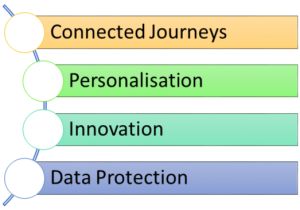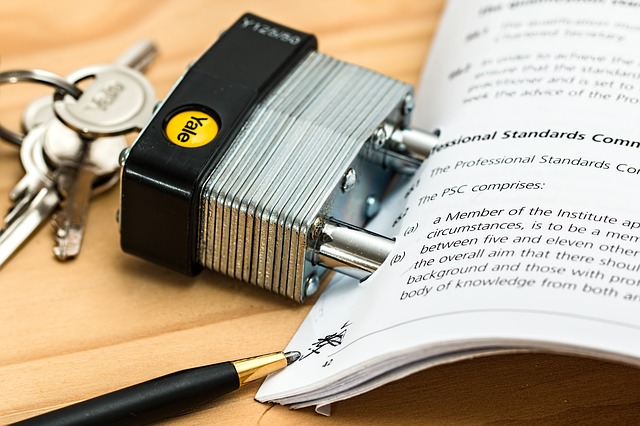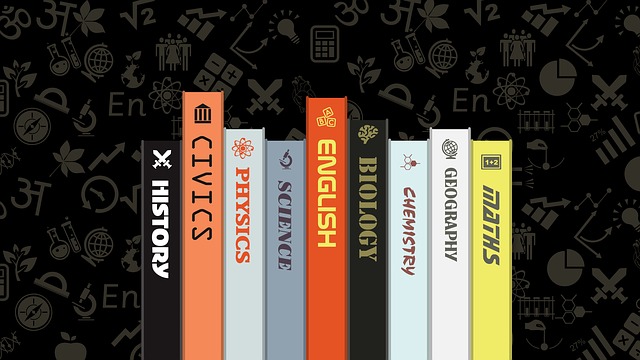Guide to Customer Expectations
Customer expectations are the desires or anticipations customers have about a brand when interacting with it. It is the anticipated outcome of the interaction. The secret of providing great service lies in the ability to understand and respond to customer expectations. When we do not know our customers, we fail to meet up to their expectations. In this article, you will understand customers’ expectations and what shapes their attitudes. To begin with, let us look at the dimensions of customer engagements.
5 Dimensions of customer Expectations
A Texas A&M University study categorizes customer expectations into five dimensions: reliability, tangibles, responsiveness, assurance and empathy.
- Reliability: Customers expect you to perform the promised service accurately and dependably. They want to see you do what you say you do. They expect the product will perform as you have said it performs.
- Tangibles: Customers want inviting and good looking physical facilities, equipment, personnel, and communication materials.
- Responsiveness: your firms’ willingness to be of assistance to the customer and provide prompt service.
- Assurance: Your employees’ ability to convey trust and confidence and their knowledge about the products or services.
- Empathy: The individualized attention provided to them and demonstrations that you feel for them.
We can thus observe that customers have very basic expectations. It is not about the magic investments it is about the magic moments the customers spend with your brand. With the advent of the internet and growth in technologies, customer expectations are also evolving.
4 New customer Expectations
A Salesforce research on understanding customer expectations reveals that, todays customers expect:
- Connected Journeys: Customers are expecting more connected journeys. Making it necessary for companies to eliminate bottleneck processes and breakdown silos.
- Personalization: Customers expect more personalization of products and services to meet their very specific needs.
- Innovation: Customers want to deal with innovative companies, expect product development, and appreciate those embracing new technologies.
- Data protection: Customers expect their data to be protected and their privacy assured.

These new trends which are typical of the digital age in which we live, permit to significantly improve online user experience. It will be necessary to know if customer expectations are absolute or variable. To better explain this concept let us look at the zone of tolerance.
Zone of Tolerance in customer Expectations
The zone of tolerance represents the range of service performance that a customer considers satisfactory. It is important to recognize your ability to manage your customers’ tolerance, and therefore satisfaction and dissatisfaction, through transactions. The zone of tolerance is the difference between customers’ expectations regarding their desired service and the minimum level of acceptable service.
The acceptable service can be considered as the lower level of what they expect to receive and the desired service is the higher level of their expectation. The target of the organization should be to deliver a level of service superior to the zone of tolerance.

When the organization exceeds the zone of tolerance, they are offering a service beyond the customers’ expectations and this creates a “wow” effect. It is therefore important for the organization to do an audit of the things they must do to have the minimum level of acceptable service. To achieve this it will be good to look at the factors that shape these expectations so as know how to manage them.
The 7 major factors that shape customer Expectations
Some of the major factors that shape the customers’ expectations are the corporate promise, the price, the marketing, the customer’s mood/attitude, alternatives, Comments from others, and education.
The Corporate promise

Looking at adverts today, we realize that, instead of showing the characteristics of the product, marketers try to patronize the customers, build a passion for the product and apply to the cognitive faculties of customers. These adverts, corporate logos, slogans, utterances of CEOs, create a certain expectation in customers.
When an event planner says ‘your one-stop wedding shop’ the buyer entering this shop expects to find everything linked to the wedding. Customers tend to judge the organizations from the promise the enterprise has made.
Customers measure the services in function of what the enterprise has promised. Most customers are unsatisfied because they feel the enterprise has not kept the promise. Corporate staff who promise to resolve a problem within one week should do so, and in case of inability, call the customer to report the status of the problem.
The publicity made by the enterprise, slogans on its magazine and websites should be tailored to the internal processes. All workers must know the promises the enterprise has made because it is binding on them and would constitute the measuring rod for the services offered.
The corporate promise must be internalized into the culture of the organization. The first consumer of the adverts of the firm should be its internal customers. They must be aware of the promises being made and their role in delivering this promise.
The price charged

Price is a key element of the marketing mix. Price can be determined in several ways. One of the common methods consists of determining the psychological price. This is the price the greater number of buyers are willing to pay. Some other organizations would set the price either based on the profit they want to make or the cost of the goods they need to cover.
The higher the price the higher the expectations the customer would have about the quality of the product or service. However low prices are not considered to be a guarantee of poor service. A high fee charged by a lawyer, doctor, or consultant for consultations determines the degree of attention the customer would be expecting to receive.
Customers pay the price; so they expect an equivalent or higher service to what they are paying. The price should therefore be more than or proportionate to the service offered. Customers would expect an increase in quality for every extra fee charged.
Comments and recommendations and reviews

Today customers read the reviews before they buy. People’s reviews will tell you about their experience and this shapes your expectations.
When someone else talks about you the effect is different. More people would believe if your story is told by another person. Comments, word of mouth, reviews and recommendations play a very strong role.
One way organizations could encourage customers to talk about how their experiences have been or recommend them is by promoting word of mouth. Word of mouth is very strong and gives the customer a first impression of the products or services.
While positive reviews are an indication of good experience, it is also professional to leave the negative reviews, correct them, and comment on the organization’s corrective measures undertaken. This is another way to build trust.
Alternatives

How do customers perceive our products, among other products? Do they compare us with others? Most customers have seen, appreciated, or consumed similar products elsewhere. They thus tend to compare the service between organizations. Sometimes much effort is put to satisfy customers, but because these same customers have had better experiences elsewhere they tend not to appreciate the service received.
It is important to know the customer in order to better manage their expectations. Some customers may even know the product better than you, making it very difficult to impress them with a good presentation.
To better manage this, organizations must always perform a competitive analysis of their products and share with their teams how the organization’s products stand out from the rest. Knowing the competition permits you to know where you have a competitive advantage, and thus have an idea of the customers’ expectations about your brand.
Customer’s mood

The customer as already mentioned is a social being whose character changes and whose mood is not the same all the time. We should not conclude that the customer will be calm and comprehensive just because they were nice the last time. You must be able to read the customer’s mood each time. It is recommended to always start the interaction with a mood breaker. A mood breaker could be a joke, a small story, a comment, or a compliment.
We must learn how to give an appropriate compliment without necessarily flattering the customer. Customers love being appreciated and valorized and this when done can improve their mode.
The customer’s mood has a direct effect on their purchase behavior and subsequently their satisfaction. Happy customers have a higher probability to purchase. They make the purchase decision faster. Functional magnetic resonance imaging (fMRI) shows that when evaluating brands, consumers primarily use emotions (personal feelings and experiences), rather than information (brand attributes, features, and facts).
Level of education

Intellectuals tend to be more confident and feel too much detail is boring. Whereas persons of low educational levels tend to question more and require more information before making a choice. You should understand that people have different temperaments and IQs. Do not show off your knowledge or have a low impression of others. People would get very offended when you make them look inferior.
Conclusion
The customer always has an expectation. At every interaction with the customer, make sure the customer leaves impressed. Every interaction is an opportunity to sell both the products of the organization and its image. When you know the customers’ expectations, you are able to deliver superior services. When you cannot determine the expectations still deliver a great service that would at least exceed their acceptable service levels.
Now that you know what customers expect, the level of the expectations, and factors that affect the customers’ expectations it will be important to develop a strategy to manage your customers’ expectations. What we will suggest is:
- Deliver what you promise.
- Make your interaction environment inviting.
- Be ready to assist at all times.
- Know your products.
- Remember at all times they are humans with feelings.
- Create Omnichannel experiences.
- Show what is in it for them.
- Make it better every time.
- Protect their data.
- Know that for every penny you charge they expect something extra.
- Know that they value the reviews they read about you.
- Be sure you know what competition does for they know.
- They could just have had a bad day, be nice!
The video below from Marketing 360 gives more insights on why we should manage customer expectations.
Guide to Customer Expectations Read More »

